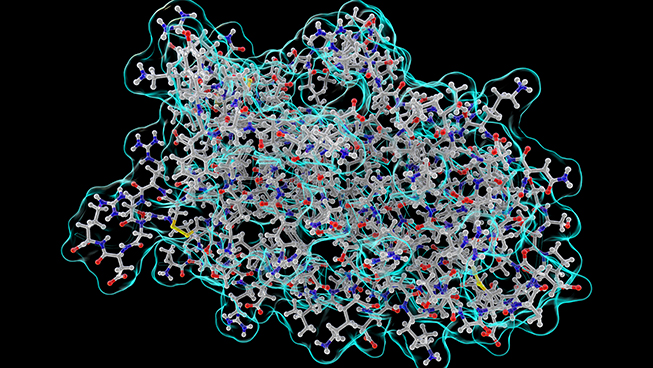Main Suppliers of Epo in the Human Body Identified

Cells require oxygen for their survival. To meet this need, our body produces about 2-3 million oxygen-carrying red blood cells (erythrocytes) each second, which is about one quarter of all the cells produced in the body. This process is controlled by a hormone called erythropoietin, commonly known as Epo, a name familiar to the general public mainly for its illicit use as a performance-improving drug for cyclists and other endurance athletes.
The body’s own naturally occurring Epo is mainly produced in the kidneys. The hormone binds to erythroid progenitor cells in the bone marrow and promotes their proliferation. Even though erythropoietin was identified decades ago, the identity of the kidney cells mainly responsible for its production remained unknown, until today.
Norn cells have great therapeutic potential
In a new paper, published today in Nature Medicine, scientists from the US, Israel and Europe, including the University of Zurich, have identified a rare subset of kidney cells as the main producers of Epo in the human body. The identification of these cells, called Norn cells, has transformative potential in medicine. More than 10% of the population have chronic kidney diseases that often result in impaired Epo production, leading to anemia, and in severe cases can be fatal.
“The discovery of the Norn cells will enable better understanding of how current treatments work and lead to the development of new ones,” says Professor Roland Wenger of the Institute of Physiology at the University of Zurich. He and his collegue Professor Ido Amit of the Weizmann Institute of Science in Israel liken the identification of the Norn cells to the discovery of the insulin-producing beta cells in the pancreas in the 1950s, which had a huge impact on diabetes treatments. According to the two last authors, in the longer term cell therapies may be developed to renew the population of Norn cells in the kidneys, similar to newly developed groundbreaking therapies to return insulin-producing beta cells to the pancreas in diabetes patients.
Identification of cells explained at last
However, unlike insulin and other major protein hormones, Epo is not stored in the cells and released upon appropriate stimulus, but is rapidly produced and released in response to a lack of oxygen. “Also, its production in each cell spikes and rapidly diminishes. These are the main reasons why the identification of these cells was so challenging,” explains Wenger. “Over the years, almost every cell in the kidneys has been erroneously suspected to be the producer of Epo,” he adds.
By using animal tests in which Epo-producing cells turn glowing red, the researchers were able to find the specific area in the kidneys where the Epo-producing cells reside. The next challenge was to find these cells in humans. The researchers contacted a forensic scientist from Germany who collects the kidneys of house fire victims who have died through carbon monoxide poisoning. The samples he provided allowed them to identify the long-sought Epo-producing Norn cells in humans and to demonstrate that they were the same cells as those identified in mice.
“The discovery of Norn cells presents the opportunity to develop techniques that stimulate these cells to produce more Epo, consequently enhancing a patient’s blood count and health without affecting the immune system,” explains Wenger. Thus, the Norn cells can lay the groundwork for creating new therapies.
Literature
Bjørt K. Kragesteen et al. The transcriptional and regulatory identity of erythropoietin producing cells. Nature Medicine, 27. April 2023. Doi: /10.1038/s41591-023-02314-7